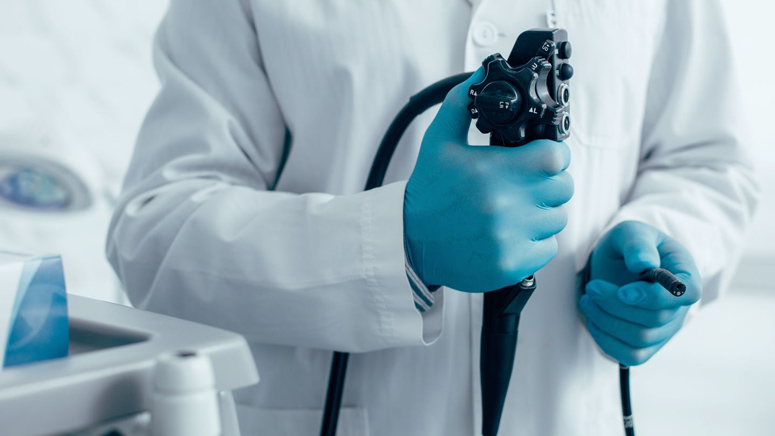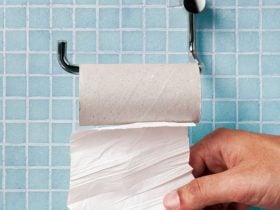Colonoscopy

A colonoscopy is a procedure where a physician inserts a lengthy, flexible fiber-optic camera into your bowel to look for ulcers and indications of inflammation. It usually takes a little over 30 minutes to complete the process.
You’ll probably be offered a sedative to help you relax and instructed to lie on your side throughout the procedure. Your anus, rectum, and colon will all be carefully probed with a colonoscope by a medical professional. Throughout the process, a monitor will display a picture of your colon for them to see.
A tiny tissue sample from the colon wall can be obtained by your doctor using a unique tool on the end of the colonoscope. This sample will be given to a lab for analysis to look for inflammatory indicators that suggest ulcerative colitis.
Chromoendoscopy may occasionally be advised by a physician. A blue dye will be applied to your colon’s lining during this form of colonoscopy in order to help detect abnormalities.
Flexible Sigmoidoscopy
Another type of examination that examines your intestines with the use of a long, thin tube and a camera is a flexible sigmoidoscopy, also known as a sigmoidoscopy.
An endoscopy-like technique is used, it is less intrusive. The sigmoid colon, which is only examined, is the 20-inch-long section of your colon closest to your rectum.
It typically takes 15 minutes to complete the process.













